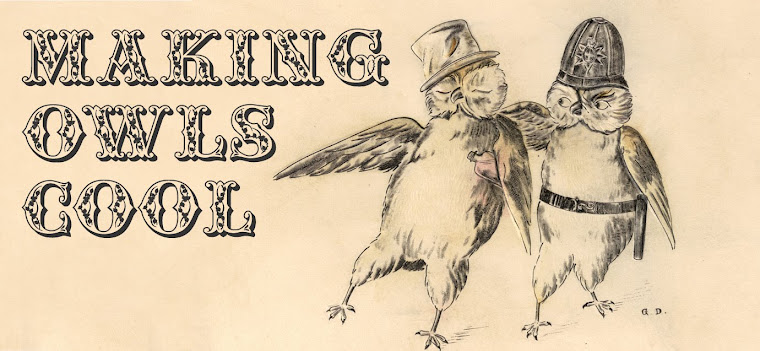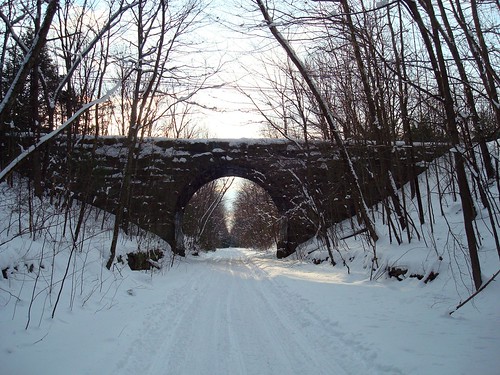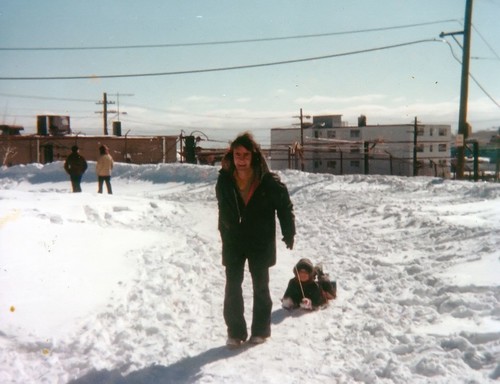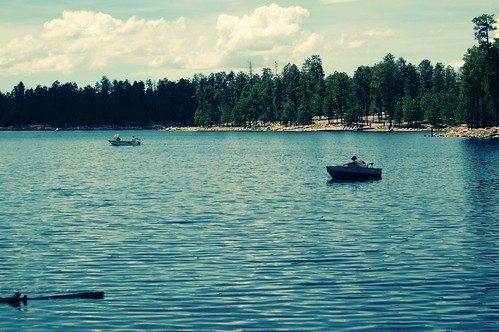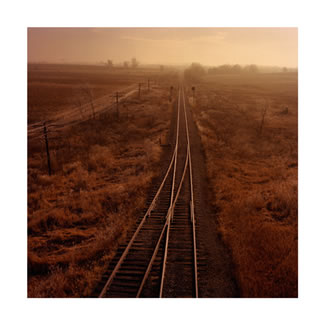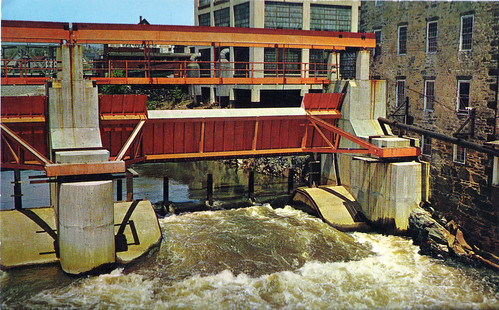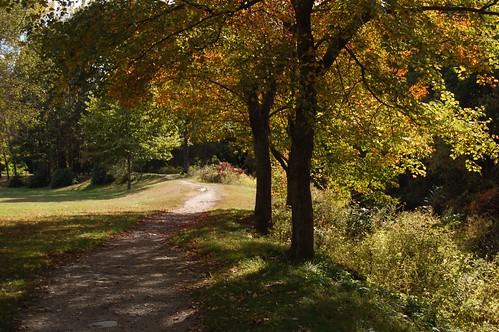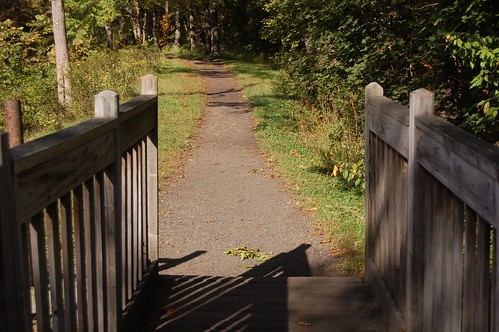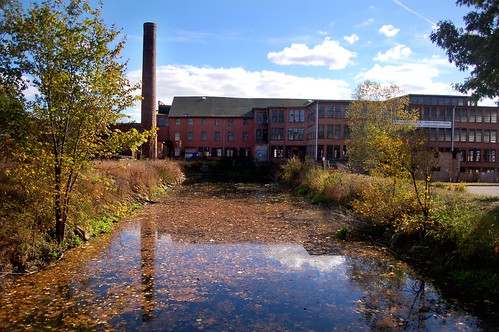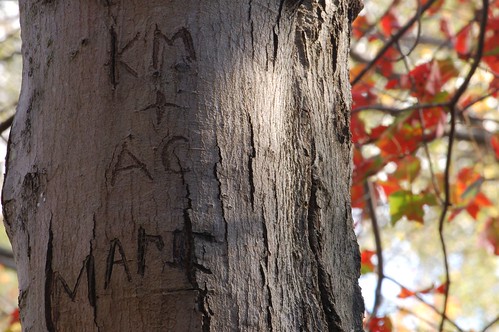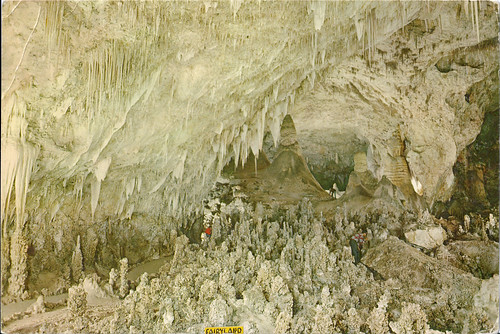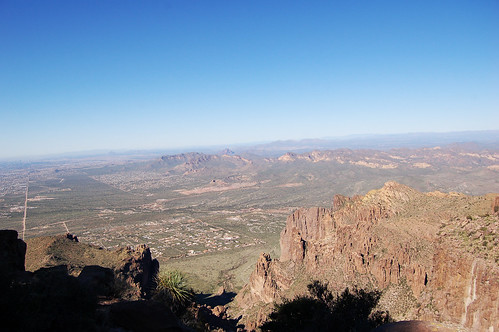
A tourist from Michigan spent a lonely night in the Superstition Mountains the other day. The
local Arizona newspaper reports:
"According to the Pinal County Sheriff's Office, Ian Sredersas went on a hike in the Lost Dutchman State Park and after getting in area beyond his skill level he became stranded.
He was able to get a cell signal and call 911 before his phone died Tuesday evening around 6 p.m.
PCSO activated a search and rescue posse to locate Sredersas, 20, from Michigan.
Crews located him around 10 p.m and assisted additional personnel for a rescue. Around 3 a.m. Sredersas was safely rescued."One of the trickiest things about Arizona is how quickly you can get from the urban areas to pretty remote wilderness. It's not like other parts of the country with contiguous towns. Think of the populated areas more like islands. The Arizona Archipelago. Flagstaff, Sedona/Camp Verde, Payson, Phoenix & Maricopa, Casa Grande, Tucson, Yuma and a bunch of really little towns. What's in between? Desert, mountains, forests, canyons.
So I guess what I'm saying is that out-of-towners don't really understand that just because the Superstition Mountains are near Phoenix and featured in their travel guide, doesn't mean they're a friendly afternoon hike. The trail this poor Michigan fellow got lost on seems benign. Actually, the recognized Siphon Draw Trail in Lost Dutchman State park
is benign; it's when you cross over into Tonto National Forest and the wilderness area and start the ascent up to the top of Flatiron Mountain that things get intense.
However, it's not so intense that a reasonably strong, prepared hiker can't get to the top . However, if you're not familiar with this area, it's best to stay on the trail.
Anyways, here's my daily moment of schadenfreude - here's what poor Ian would have enjoyed if he hadn't gotten lost.
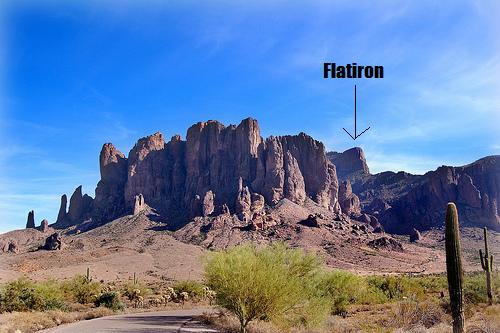
This is where you start and the top of Flatiron is where you end up. It's an intense hike. Here's the
Hike Arizona description.You gain 2780 feet total over 2.7 miles, but most of the gain is in about the last mile and a half. It's not technical climbing, but it's not exactly hiking either.

That's Flatiron looming in the background there.
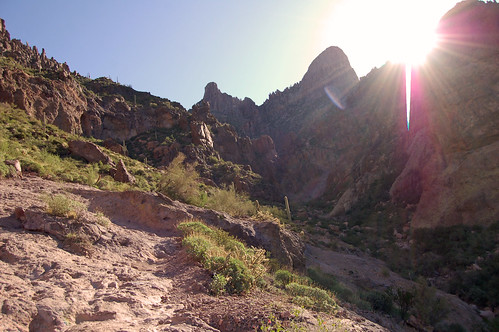
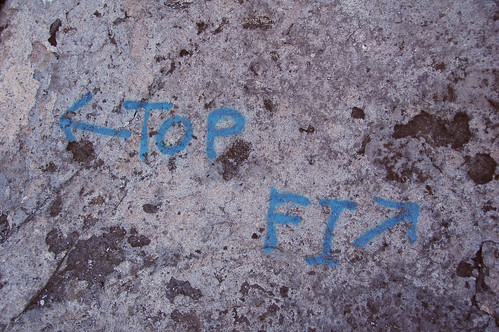
When you finish your scramble up, you can go to the top or stroll over to Flatiron. The way to the top is actually not that clear and I wandered about a bit before making it up there. The views are amazing.

Flatiron's profile.
And here's couple from the top...
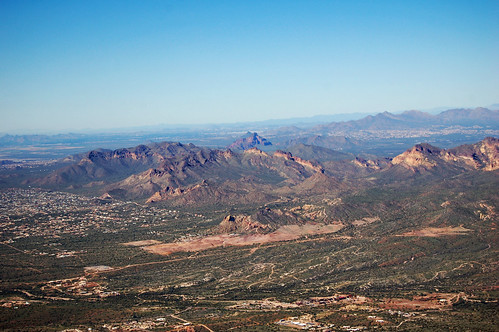

Rock formations on the top.


